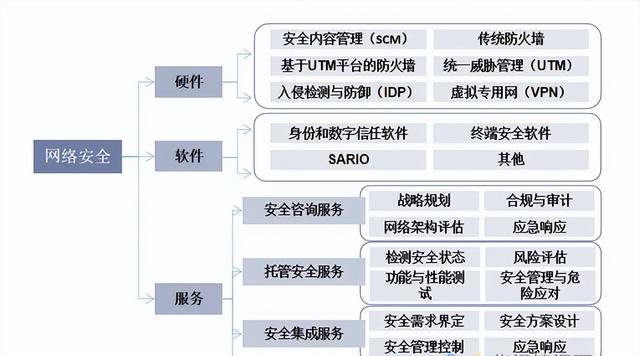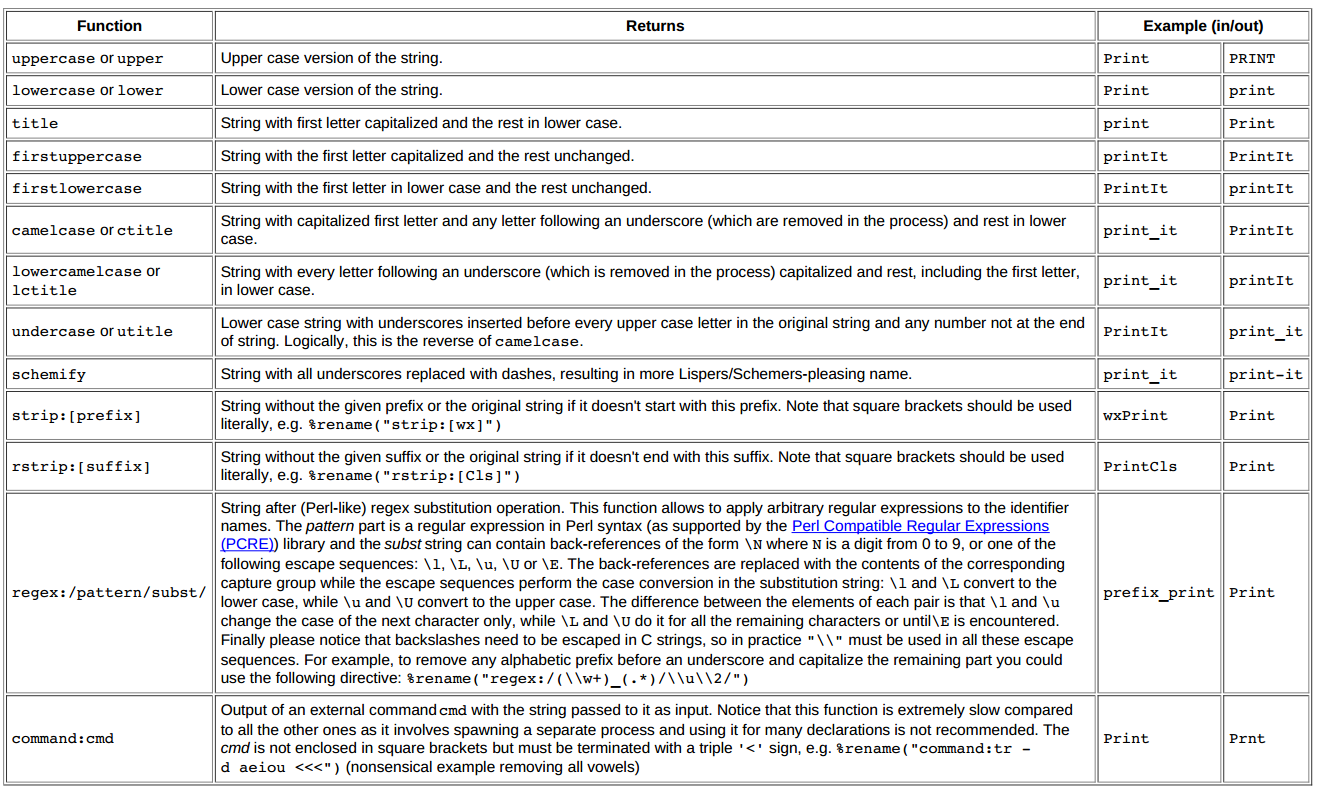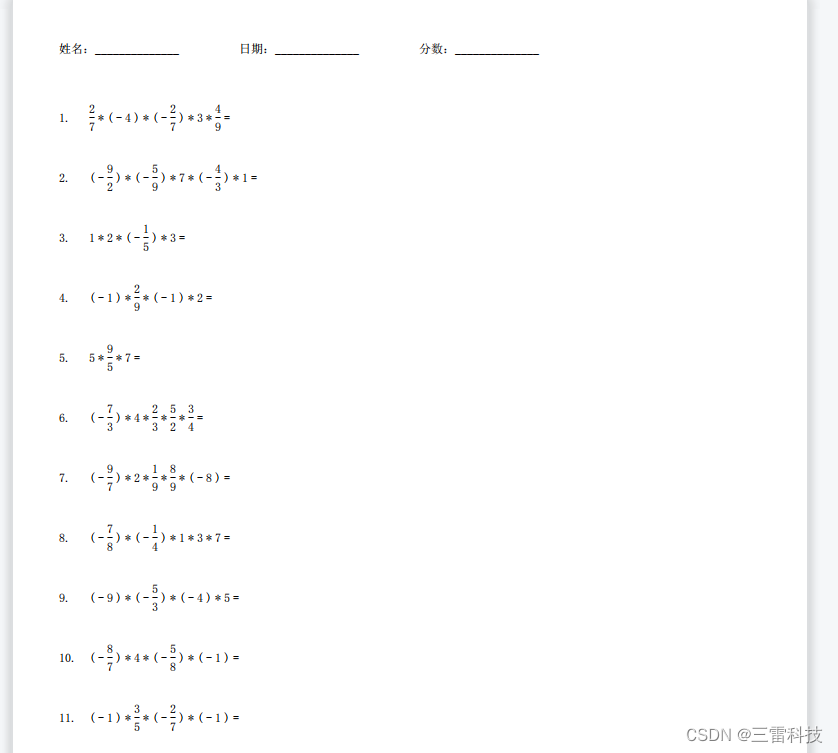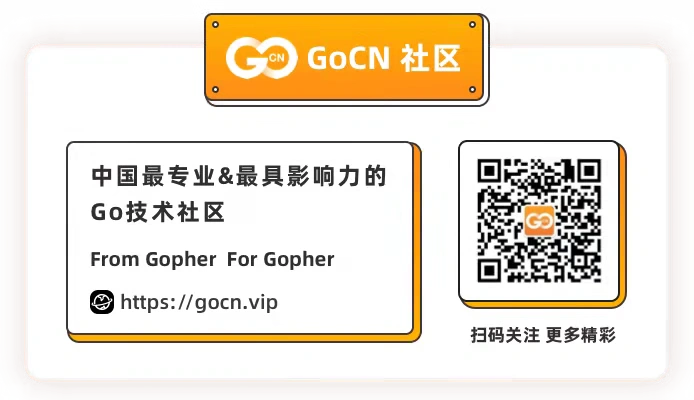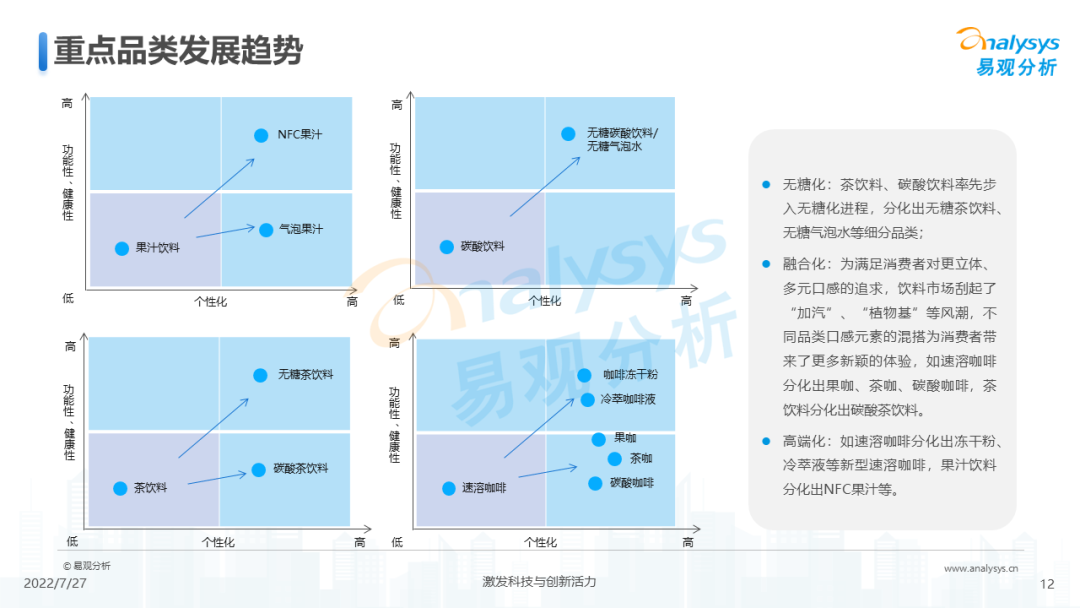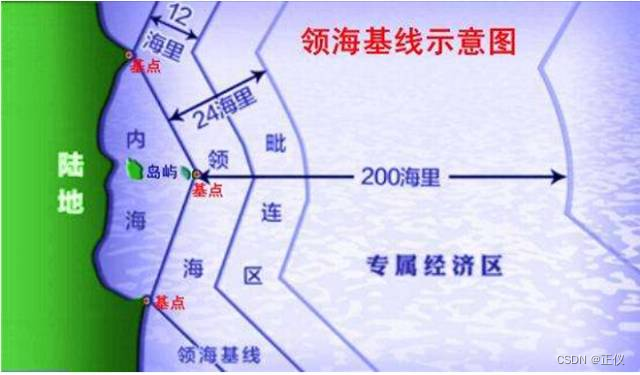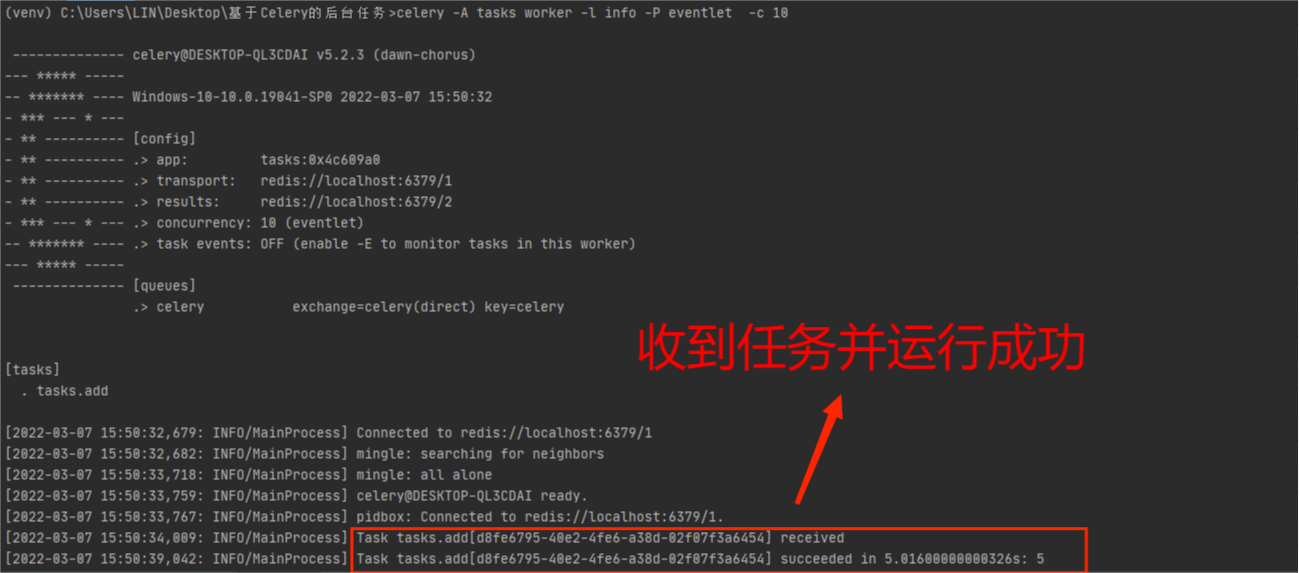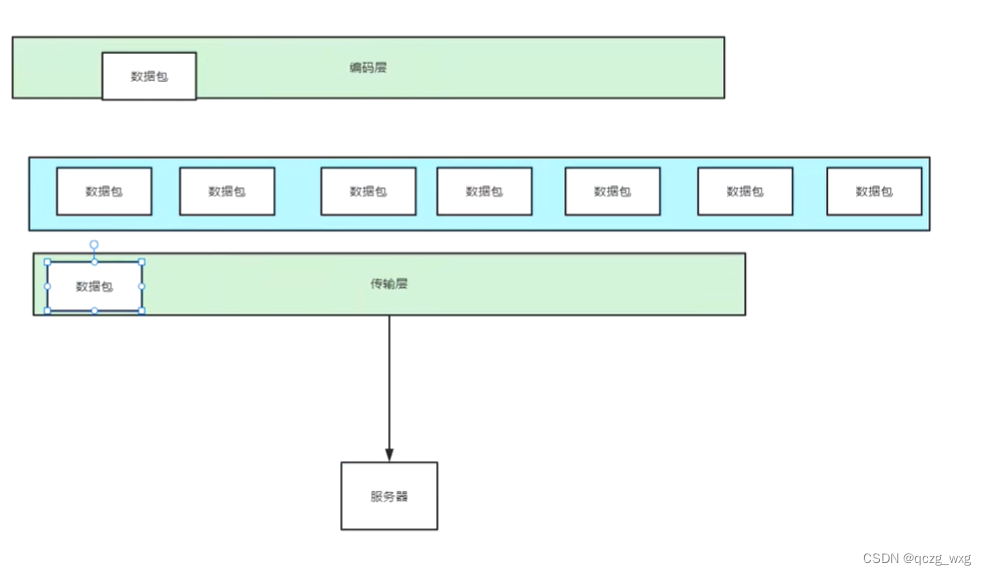当前位置:网站首页>Basic learning of XML
Basic learning of XML
2022-08-10 14:54:00 【ythswzgxlp】
1.xml concept:
(1) Concept: XML (Extensible Markup Language: Extensible Markup Language) Extensible Markup Language
(2) Function: Store data--method: 1. Configuration file; 2. Transmission in the network.
(3) The difference between xml and html:
1.xml tags are all custom, html tags are predefined.
2.xml has strict syntax and html syntax is loose.
3.xml is for storing data, and html is for displaying data.
2. Syntax:
(1) Notes on xml creation:
1.xml file extension: .xml.
The first line of 2.xml must be defined as the document description.
There is only one root tag in the3.xml document.
4. The attribute value must be enclosed in quotation marks (single and double).
5. Tags must be properly closed: with a head and tail, except for self-closing tags.
6.xml tag name.
Example:
(2) Notes on custom tags:
1. The name can contain letters, numbers and other characters.
2. The name cannot start with a number or punctuation.
3. The name cannot start with the letters xml (or Xml, XML, etc.).
4. The name cannot contain spaces.
3. Constraints:
What is a constraint: specifies the writing rules of an xml document.
As a user (programmer) of the framework: 1. Be able to introduce constraint documents in xml; 2. Be able to simply read and understand constraint documents.
Categories:
1.DTD: a simple constraint technique, replaced;
2.Schema: A complex constraint technique.
4. Parsing XML
(1) Concept: operate the xml document and read the data in the document into the memory
Operating documents: 1. Parsing (reading): Read the data in the document into the memory; 2. Write: Save the data in the memory to the xml document for persistent storage.
How to parse xml:
1.DOM: Load the markup language document into the memory at one time, and form a dom tree in the memory (used on the server side):
Advantages: easy to operate, can perform all CRUD operations on the document
Disadvantage: takes up memory
2.SAX: read line by line, event-driven (mobile terminal use):
Advantages: no memory usage
Disadvantages: only read, can not add, delete or modify
(2) Common parsers for xml:
1.JAXP: The parser improved by sun company supports two ideas of dom and sax, but the performance is low and basically useless.
2.DOM4J: A very good parser, based on DOM.
3.3.Jsoup: Jsoup is a Java HTML parser that can directly parse a URL address and HTML text content.It enhances a very labor-saving API for fetching and manipulating data through DOM, CSS, and jQuery-like manipulation methods.
4.PULL: The built-in parser of the Android operating system, based on the sax method.
边栏推荐
猜你喜欢
随机推荐
antd组件中a-modal设置固定高度,内容滚动显示
MySQL 原理与优化:Update 优化
Redis -- Nosql
使用Uiautomator2进行APP自动化测试
d为何用模板参数
网络安全(加密技术、数字签名、证书)
MySQL Principle and Optimization: Update Optimization
线上线下课程教学培训小程序开发制作功能介绍
司空见惯 - 股市狠狠下跌后,何時能反弹?
Data product manager thing 2
C#实现访问OPC UA服务器
使用mysq语句操作数据库
网络初识(二)
【剑指offer】---数组中的重复数字
紫金示例
sql语句 异常 Err] 1064 – You have an error in your SQL syntax; check the manual that corresponds to your
电脑重装系统提示activex部件不能创建对象如何解决
文件系统设计
1W word detailed thread local storage ThreadLocal
解读STEAM教育中的表现性评价
